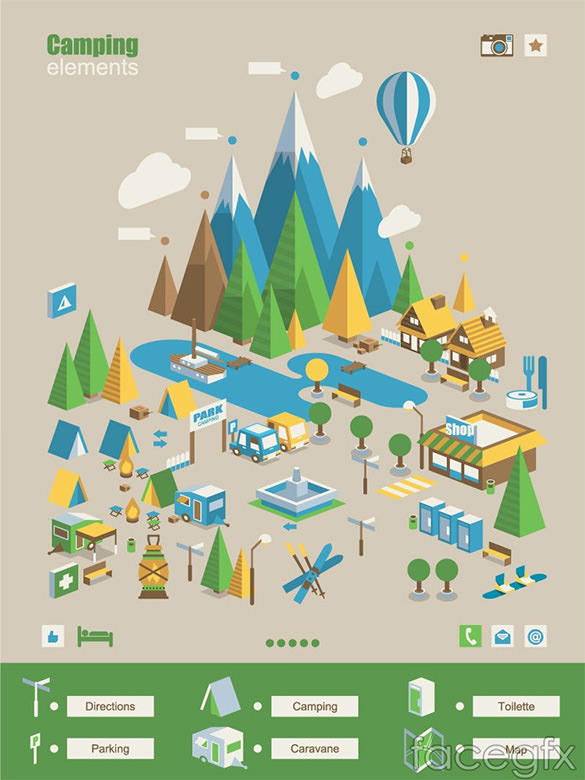A range of aspects can influence evening skies digital photography. From weather conditions to upcoming celestial events, you'll want to plan ahead to guarantee success.
How often should you waterproof a canvas tent?
The shutter rate you select establishes whether celebrities look like specific pin-points or route throughout the photo. An excellent general rule is to restrict the exposure to 500 seconds, or the equivalent of your lens's focal length.
Location
One of the most crucial factors in a great photo is where you take it. Go for places with very little light contamination, and prevent locations that have brilliant city lights and skyscrapers.
Additionally, search for an area that supplies foreground components to develop make-ups with. As an example, dune patterns, wind-sculpted ridges and rough outcrops can all supply appealing foreground components to assist tell the story of your night skies picture.
It is additionally handy to research study huge occasions such as meteor showers and lunar eclipses to maximize possibilities for great pictures. Utilizing a tool such as the Professional photographer's Ephemeris can be extremely useful when planning your shoots. It helps you to determine moon stages, Galaxy position and various other huge events. Likewise, consider shooting in RAW format as opposed to JPEG as this offers you a lot more versatility when processing the images. This is specifically real if you plan to print your images.
Electronic camera Setups
Obtaining the best camera setups is necessary for any type of photograph, yet specifically so for evening sky photos. A wide-angle lens is best for recording even more of the Milky Way and reducing celebrity tracks, in addition to a longer shutter rate to stop the activity of celebrities and expose their details.
For an optimum level of clarity, shoot in RAW layout rather than JPEG, which allows you to maintain more information and provides versatility during post-processing. This can additionally contribute to file dimension, so make certain you have lots of storage room and additional memory cards accessible.
Set your emphasis to hands-on focusing by turning the AF/MF turn on your lens into MF setting. You might need to take a couple of test shots and examine the picture playback on your electronic camera's LCD screen up until you achieve excellent, identify manual emphasis. It's a good concept to do this throughout the day with your chosen lens and the location you will be contending night, to confirm the precision of your focus setting.
Lights
A good night sky picture calls for the best problems. This tent shop includes a dark skies, yet also an intriguing foreground element such as a hill on the horizon, a lake to show the celebrities, or a human element like a barn or shed. You can also use a headlamp to light up the foreground and include some drama or deepness to your image.
One of the most important cam setups for night skies digital photography are the aperture and shutter speed. The broader the aperture, the more light that reaches the sensing unit. This allows you to catch intense stars in a fairly brief amount of time.
The shutter speed establishes whether your stars will be pin-point best or if they will certainly appear as celebrity trails because of the Planet's rotation. Make sure to take numerous long exposure shots and pile them in post-processing for the very best results. Finally, shoot in RAW mode to offer on your own maximum latitude in post-processing.
Make-up
The key to gorgeous celebrity shots isn't a high-end telescope, a new wide-angle lens or a high-grade Canon or Nikon cam. It's technique, planning and structure.
For beginners, look your shoot location in advance to obtain a feel for the format and potential structures. Take into consideration including foreground elements such as rocks, a lake or alpenglow on the landscape to include character and rate of interest to your images.
Keep in mind the Policy of Thirds when composing your images. This easy concept aids balance and unify images. It's likewise valuable for concentrating on points of interest in your picture, such as rock functions or the Galaxy. Additionally, remember to plan your shoots around moon phases-- capturing at a moon can subdue celebrities and create a silhouetted shape, while shooting on nights with a new moon can assist you see constellations a lot more plainly.
How can I make my tenting more comfortable?
